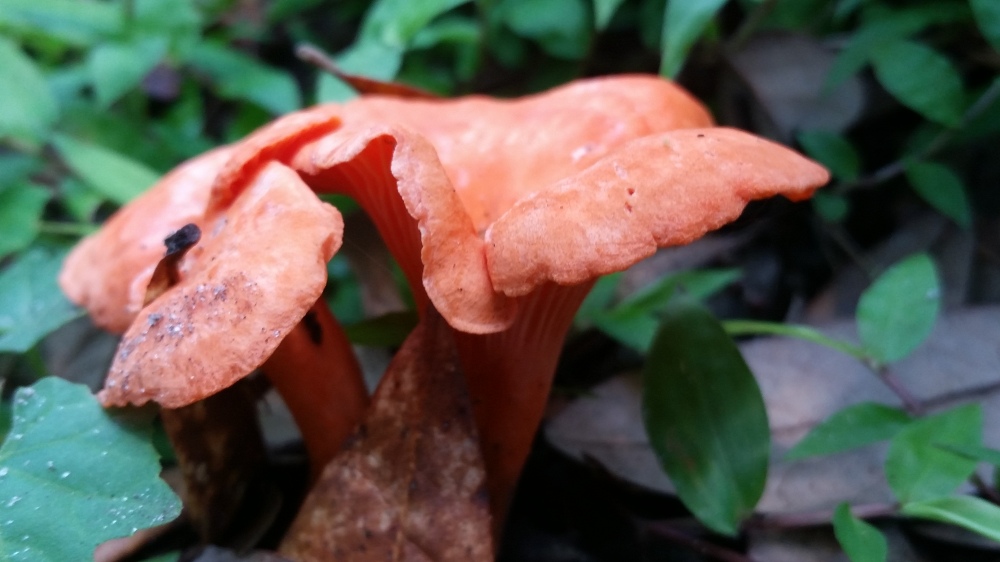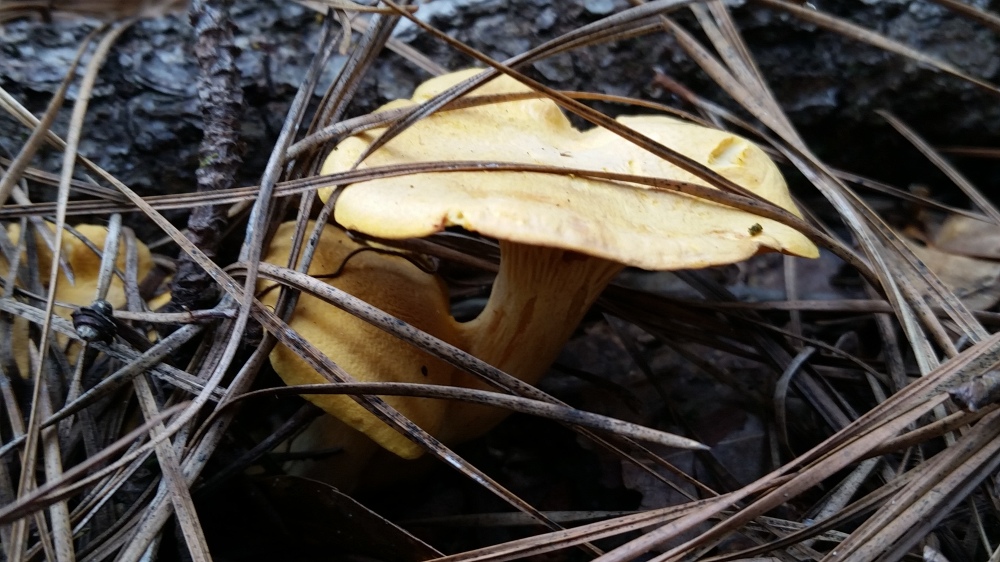
The goats have been escaping. They are penned in with electric netting in an area of about five woodland acres, loaded with new, brushy growth and grape vines. It should be goat heaven, but they can’t stand to stay in for more than a few hours. I am going in, walking the fences to find where they are slipping through.
It is overgrown in the woodland here, and I don’t often go this way. There are stones and bricks and glass bottles strewn in places from the haunted homestead that burned down many years ago. From the remains we know the chimney caught fire. Nothing more of the story remains, except a lingering sense of sadness and despair around the place. Beyond it, knobby-barked hackberry trees cluster thickly around an old-fashioned sunken well, now a cluster of moss-covered rocks.

It’s cooler in the forest, but more damp. It smells sweet, and the mosquitoes cluster around me immediately, unhappy with my long, loose sun shirt and baggy work pants. They are large, slow and easy to smack, falling behind if you walk briskly. I prefer them to the small, fast-flying ankle-biters. I easily brush them away.
I’ve brought a basket with me, because chanterelle mushrooms grow here. The goats follow me curiously, and I try to brush them off, because they will trample the mushrooms I am hunting.

I have not gone far before I find them – glowing orange, so bright it looks unnatural, peeping out from the forest leaf litter, all over the forest floor. All the rain this summer has called them forth, and after last year’s dry, dry summer of very few rains, they are everywhere, blooming brightly.

There are yellow ones, too, but the orange ones are thriving this year. I am finding much more of them. I never harvest all the mushrooms in one area. I always leave behind half, because harvesting can disrupt the whole organism of the fungus. Mushrooms are only fruits of the mycorrhizal networks that live in the soil, breaking down the leaf litter and dead wood, or intertwining with the roots of the trees to trade soil nutrients for plant sugars.
There are only two kinds of wild mushrooms I am comfortable harvesting. They are easy to identify, and difficult to kill yourself with a mistake. Chanterelles are one of them. I am careful to harvest them only from the earth, not dead wood, which can be a toxic mushroom. I also check the gills of each mushroom, looking for branching gills that tell me they are true chanterelles:

I was pleased to see that R. Blondeau had a chanterelle recipe in La Cuisine. It is the only mushroom listed in the mushroom section that actually grows here, too. I usually sautée chanterelles in butter, but this recipe intrigued me because the mushrooms are cooked completely alone in a hot pan, no butter or water or anything. I wasn’t sure what would happen – would they burn or stick to the pan? I found that they did stick a little at first, and squeaked when stirred! But after a minute, the water cooked out of them, resulting in a very flavorful and colorful plate of cooked mushrooms.
CHANTERELLES: Direct Translation
Wash the mushrooms in cool water, drain them, and dry them carefully. Cut them in half if they are large; put them in a pan over a good fire, and cook them, without adding anything, and stir constantly, for 10-15 minutes.
Then add 60 grams of butter, salt, pepper, and 2 cloves of chopped garlic. Remove from the fire and serve.

French-Style Chanterelles – A Modern Version
A basket full of fresh (and correctly identified) chanterelle mushrooms
3Tablespoons butter
2 cloves of garlic, minced
Salt and pepper
- Wash and dry the mushrooms very thoroughly. They tend to be sandy, as they grow straight from the dirt. After washing, I let them drip dry in a colander, or dry them carefully in a towel.
- Heat a pan large enough to fit the mushrooms over medium-high heat. When the pan is hot enough to sizzle away drops of water, add the mushrooms, and cook, stirring constantly for 10-15 minutes. The mushrooms will become softer and moister. When they are thoroughly cooked (it is important to cook mushrooms – their cell walls have chitin, and cooking releases their flavor and nutrition), add the minced garlic, and season with salt and pepper. Serve right away.

{My grandmother, Claudia Meraud, was born in Nice, France. She immigrated to the US after meeting my grandfather while he was stationed there as a US soldier in WW II. We spent several summers together, just the two of us, living with her sister in Nice. She passed along to me an old French cookbook titled title is La Cuisine: Guide Practique De La Ménagère by R. Blondeau, Chef de Cuisine. It originally belonged to my great-grandmother, Lucie Thomas, who was a native of St. Marie-aux-Mines in Alsace.
This cookbook was published in the 1930’s, and was written as a practical guide for a household cook before the days of the fridge and the food processor. The recipes are delicious, practical, and (of course) packed with good traditional nutrition.
I am creating translated versions of these antique recipes, re-written for the modern cook, and tested with home-grown and seasonal food.}